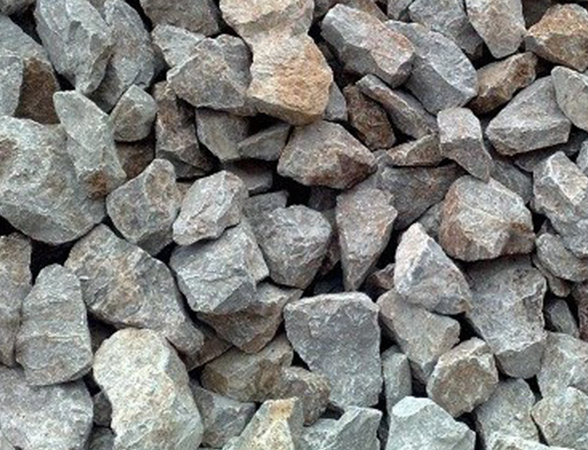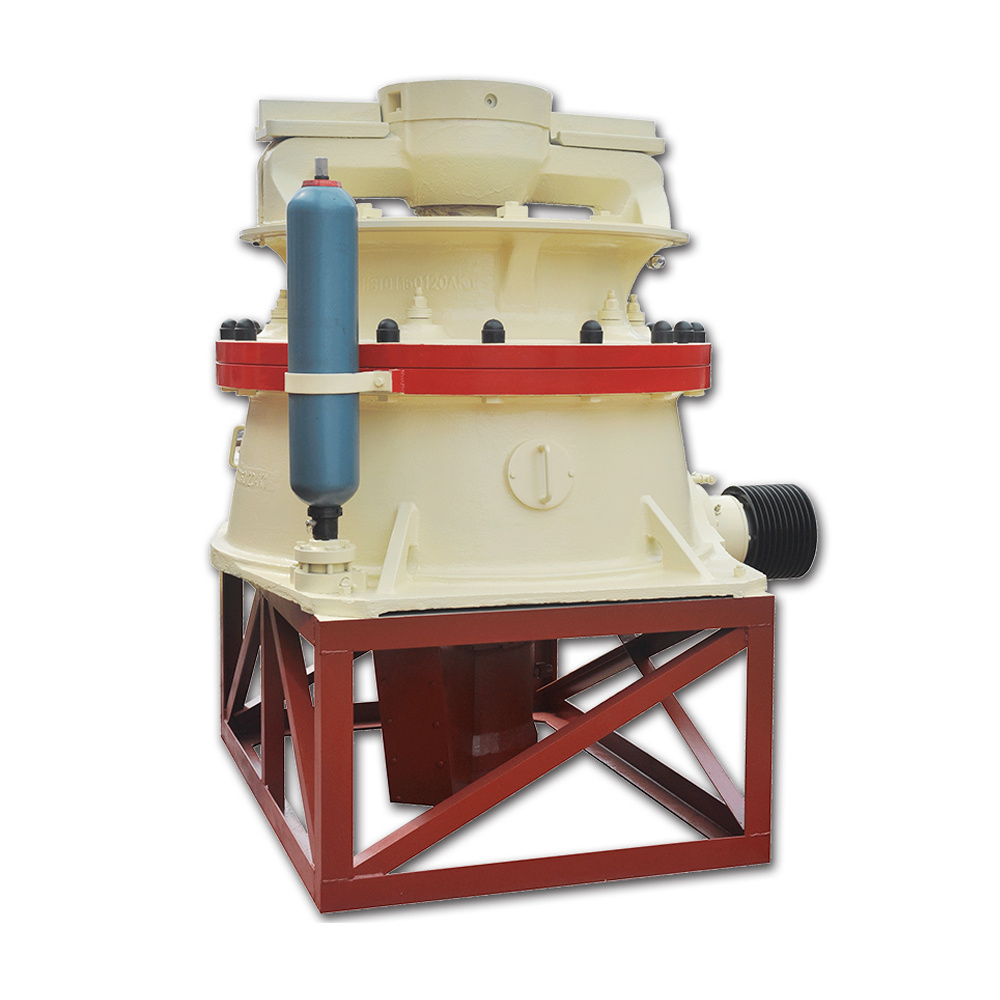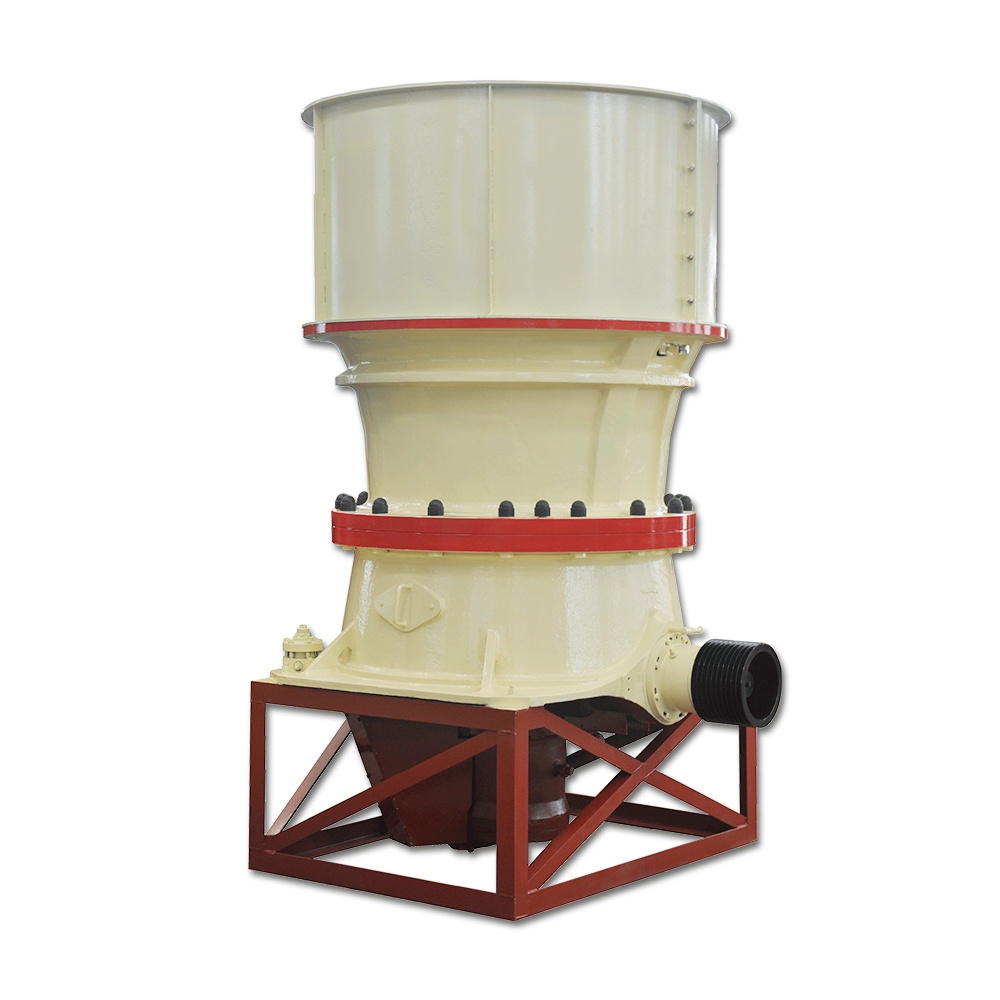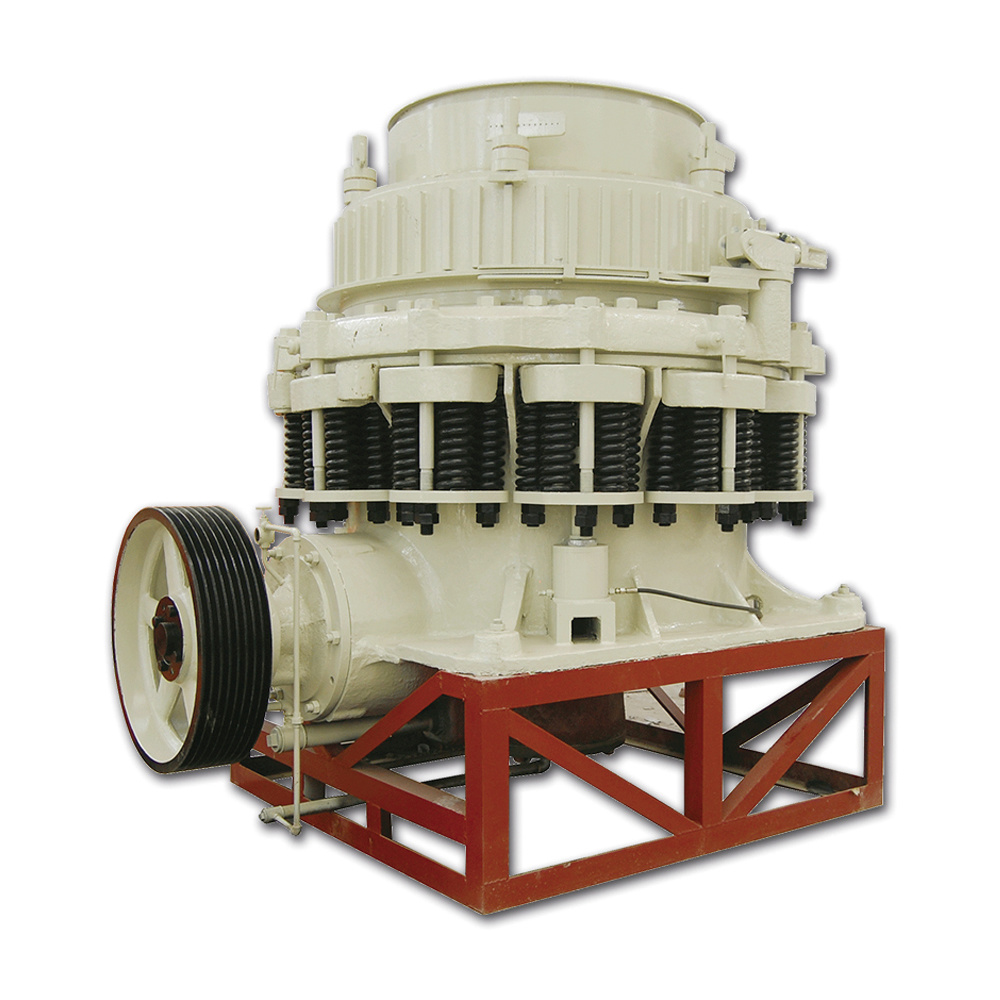Limestone

LIMESTONE
Limestone is a sedimentary rock composed largely of the minerals calcite and aragonite, which are different crystal forms of calcium carbonate (CaCO3). Most limestone is composed of skeletal fragments of marine organisms such as coral or foraminifera.
Limestone makes up about 10% of the total volume of all sedimentary rocks. The solubility of limestone in water and weak acid solutions leads to karst landscapes, in which water erodes the limestone over thousands to millions of years. Most cave systems are through limestone bedrock.
APPLICATION AREA
Limestone has numerous uses: as a building material, as aggregate for the base of roads, as white pigment or filler in products such as toothpaste or paints, and as a chemical feedstock.
Limestone is very common in architecture, and is still very frequently used on all types of buildings and sculptures. Limestone is readily available and relatively easy to cut into blocks or more elaborate carving. It is also long-lasting and stands up well to exposure. However, it is a very heavy material, making it impractical for tall buildings, and relatively expensive as a building material.
PROCESSING TECHING
Stones are crushed by jaw crusher as the primary crushing, and then the impact crusher as the secondary crushing. The particle after two stage crushing is delivered to the vibrating screen which can sift out particle with different size. The particles meeting the requirements are delivered to the finished product, and the particles larger than the screen size will be crushed again into the impact crusher. This production line is high efficient, simple process, low cost. The specific production line must be based on the site condition. If you need the suggestion, please contact us at once.
Hotline
Add: North of the government of Bashen Town, Boshan District, Zibo City, Shandong Province
Phone: 0086-533-4518240
Fax: 0086-533-4518240
Email: zbhszg@163.com
COPYRIGHT © 2023 Shandong Hysan Road&Bridge Mechanical Technology Co.Ltd.






